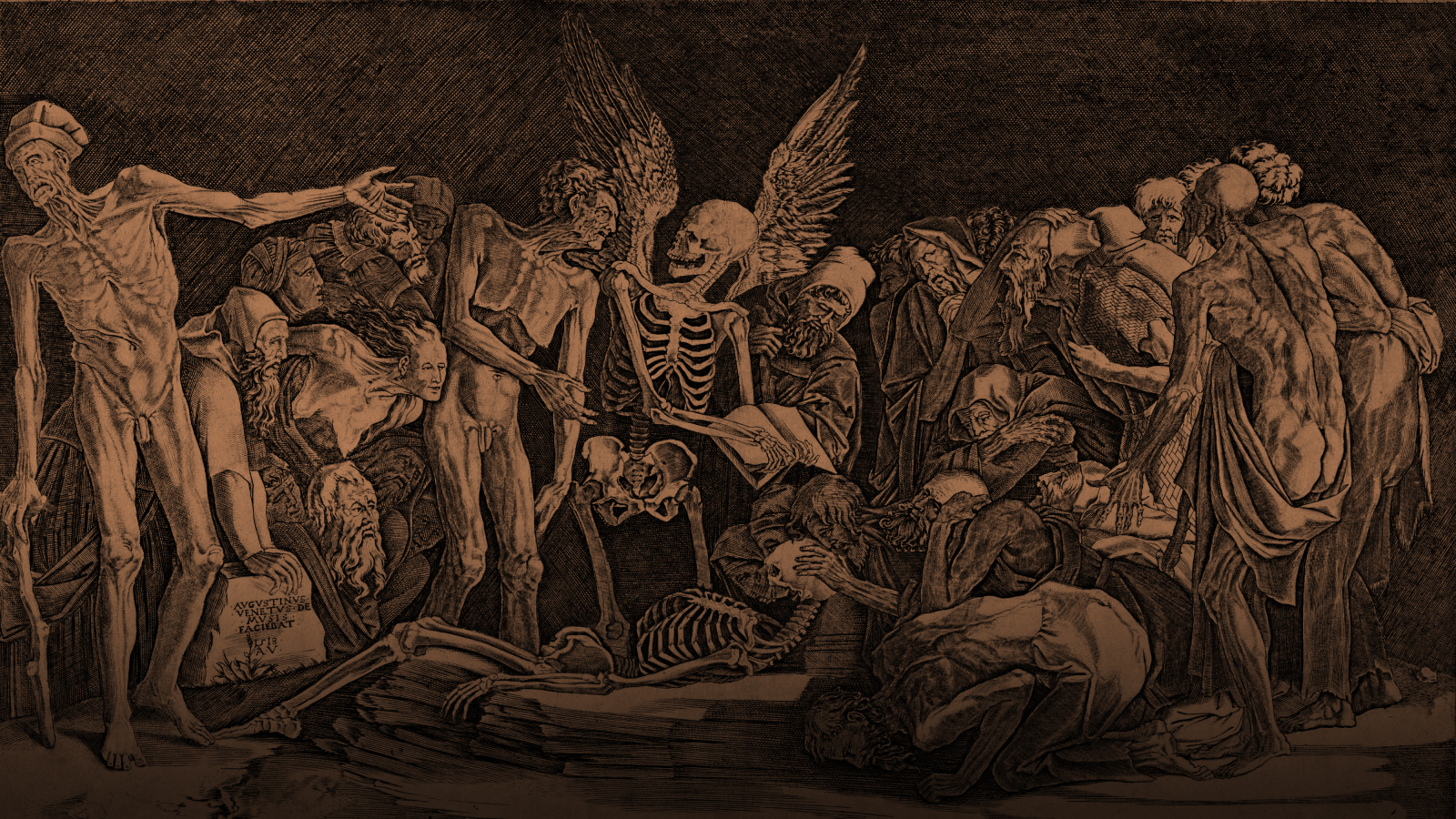The arrival of the Han brought fast, sweeping, and often unwelcome change to the Albion region, but few races suffered under the Empire’s iron boot like the elves. While the native humans of Albion managed to live in relative harmony with the elves and were respectful of their secluded homes and forests, the Han sought to conquer, to civilize, and to further their own glory through acquiring plunder and power.
Elves lived in three secluded enclaves; the Copperbell Wood, the Maple Ridge, and the Emerald Taiga. The Han immediately began to harvest the wood of the forests for war ships, trade vessels, and export, and soon came into intense conflict with the elves. The Copperbell Wood was hardest hit as it was closest to Albion and was the singular home of the coveted trees that gave the forest its name. Maple Ridge, in the east near the mountains, fared only slightly better. The Emerald Taiga, being north of the Ohr, suffered least, but all saw their homes being slowly destroyed. At first the elves warned the intruders off their land. When that failed they tried diplomatic channels to protect themselves, sending envoys to Albion. When that also failed they turned to war. Sadly, none of the elf populations were large, and even united they couldn’t keep the Han away from their lands. Skirmish after skirmish they were slowly driven deeper into their forests until finally the Copperbell was in every practical sense gone.
The destruction of the Copperbell Wood and its enclave was too much to bear. In their rage and desperation the Elven High Clergies of Calistria and Gozreh beseeched their deities for aid and revenge. No one knows what sacrifices were offered as most of the clerics died or disappeared when the gods destroyed Albion in the Great Desolation of 516GHA. The city of Albion was leveled and sunken, the Han’s standing army was crushed, and its navy was drowned. The deforestation quickly ceased when word spread of the gods’ intervention. No local would lay axe to tree, being filled with fear and guilt for their complicity. The Emperor half heartedly sent more soldiers to the region, but not in the same numbers, and not in a timely manner; troops had to arrive by land once the Albion port was destroyed. The remaining elves were left alone.
The Replanting
The two remaining communities slipped back into isolation and attempted to rebuild their lives and their lands. The forests, at least, have partially recovered. The elves of Maple Ridge planted their new woods modestly and with a typically elvish eye for aesthetics, creating new and beautiful groves that now seem almost as Old Growth to the short lived humans who are fortunate enough to see them. The Emerald Taiga elves have been more assertive with their reforesting, and their woods beyond the Ohr are more riotous, dangerous, and inaccessible. But one tree is changed in both places. When an elf is laid to rest a pine tree is planted over them that never fails to grow into a strong and shapely tree. However, pines planted this way, along with trees grown from their seeds, exhibit red tips on the ends of their long green needles and both the bark and wood have a reddish tinge. These are known as the blood pines.
In Maple Ridge, a grove containing blood pines serves as a memorial and a place of peace. Elves of that wood will often visit a favorite tree to think, meditate, or remember a loved friend or relative. But in the Emerald Taiga, where the elves are reclusive to the point of xenophobia, they take the plantings further. Not only are their kin resting under the blood pines, so too are enemies and unwelcome trespassers. Some even whisper that not all enemies are deceased when they’re “planted”. Much of the newest growth on the outskirts of the forest is dominated by blood pines, so much so that from afar the evergreen copses looks more red than green. The peoples of the New Albion region now call it the Redwood, while the hobgoblins of Turtsaz call it the Bloodwood.
The enclaves themselves feature buildings that blend in with the natural world around them. They most often imitate trees, but also merge with cliffs, hills, and the occasional cave. Each is led by a Prelate, elected from and guided by a Council. Few outsiders, including foreign elves or the Forlorn, ever see these secret places. As with most Elvenhomes, those few who are permitted to visit describe them as timeless, unchanging, and beautiful, if a little sorrowful.
But what of Copperbell? A few of the trees still exist, growing in the Cursed Fens. The distinctive flowers that give the tree its name have been spotted in some of the most inhospitable and remote parts of the swamp. The wood is still prized for its strength, light weight, and rich grain, but it takes a brave woodsman to try and harvest one. Of the Copperbell elves, most perished on the swords and pikes of the Han and the few who survived became scattered. Some went to the Maple Ridge or the Redwood, some actually moved to Albion (and later New Albion) and lived alongside their conquerors, and some left the region altogether. A very few were rumored to have remained amongst their decimated forest. After the Great Desolation the land around Albion became known as the Cursed Fens, and those few remaining Copperbell elves are believed to have perished. However, occasionally someone will claim to have encountered elves in the Fens, although such sightings are typically dismissed as fancy, myth, or ridiculous fabrication. The stories themselves vary; some claim the elves came to their aid when in danger, some say they were attacked, and others simply claim a sighting, or even believe they encountered elvish ghosts…
